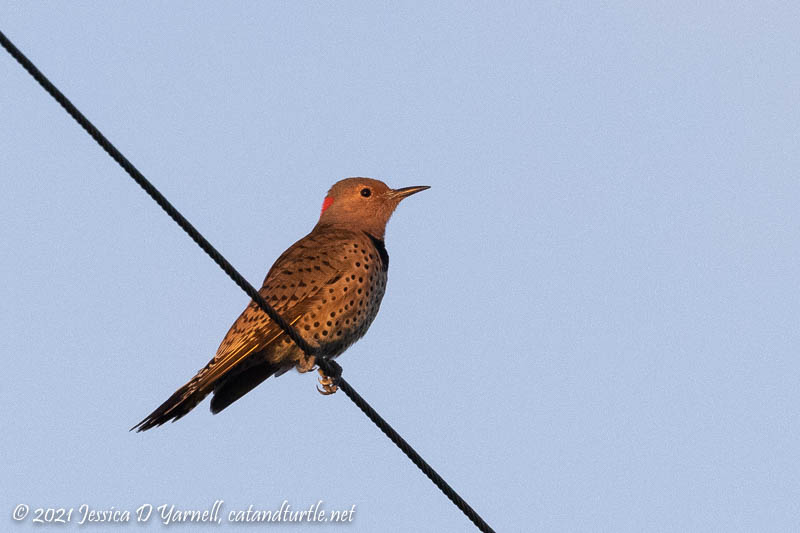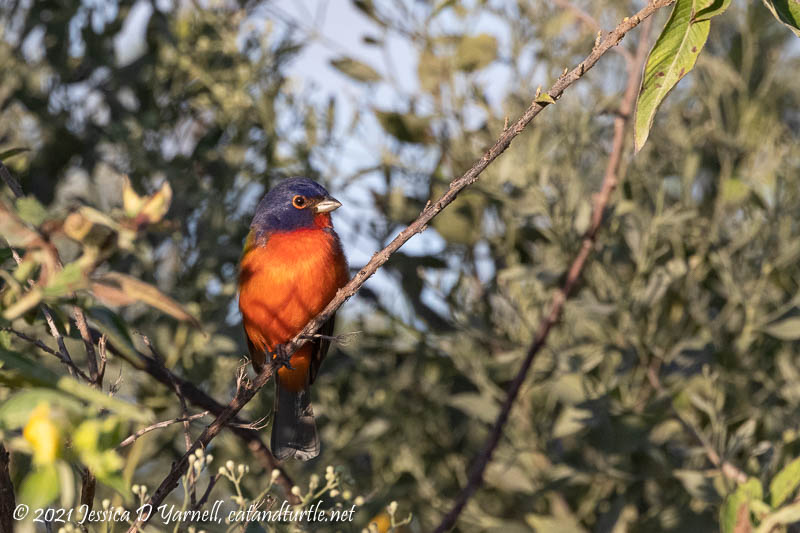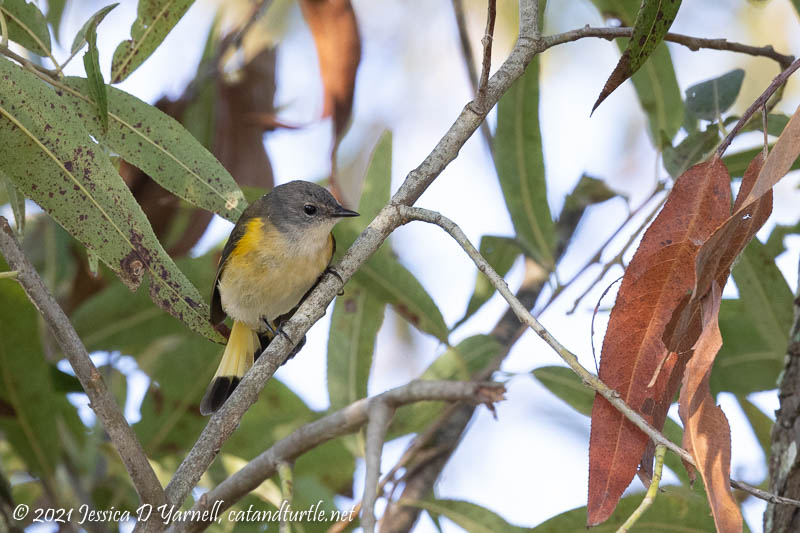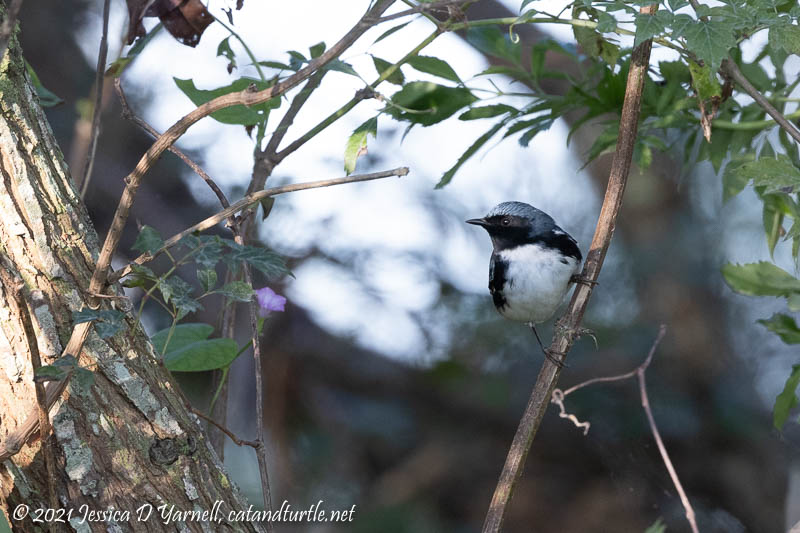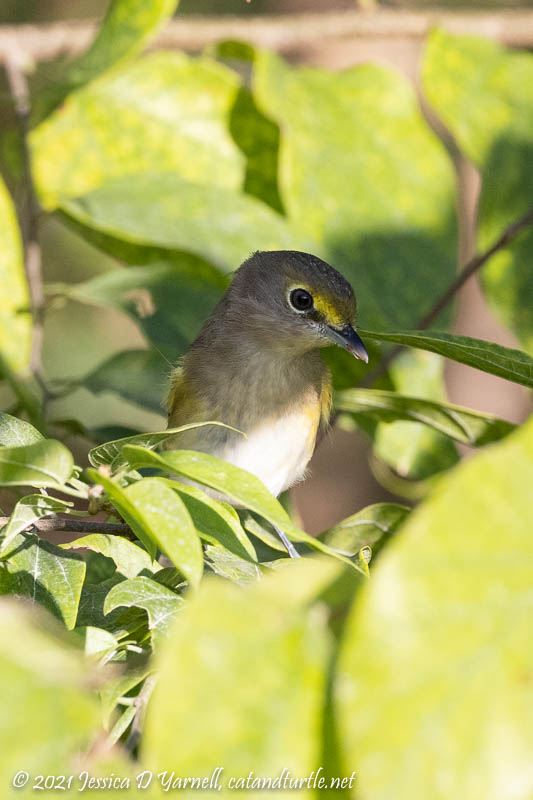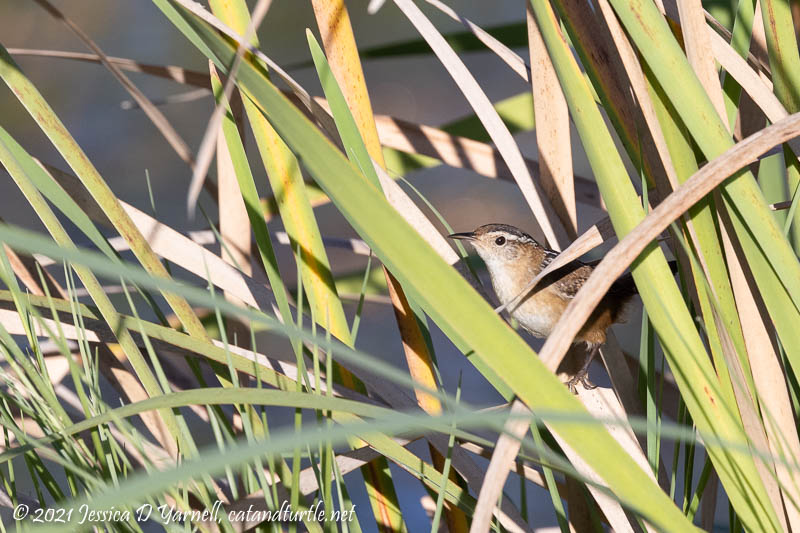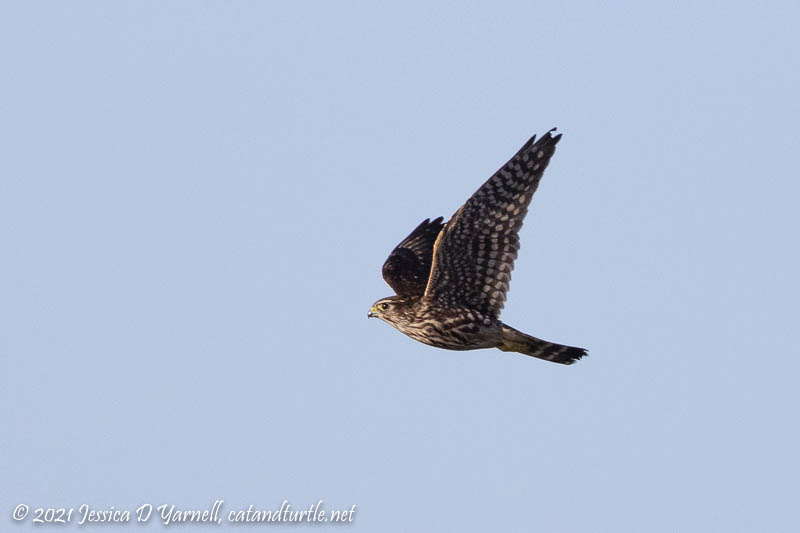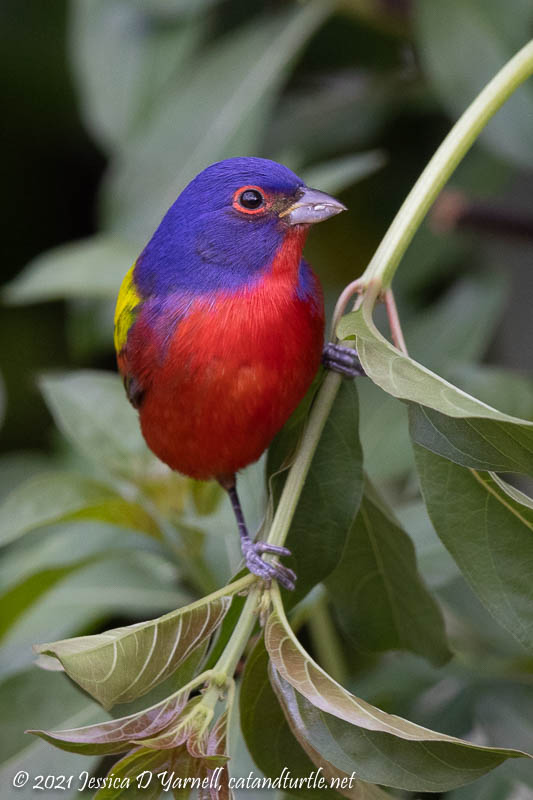Quiet Fall Day at Lake Apopka
My last bike ride at Lake Apopka yielded the happy sounds of lots of winter birds, but not many of them wanted to pose for my camera. That’s ok. It was still a beautiful day to be outside!
My first bird of the morning was a first-of-fall Eastern Phoebe. We definitely had a good migrant movement since my previous bike ride. I saw phoebes along all the trails. It’s nice to welcome them back! Next we need to work with them on finding more pleasing perches…

Large fussy sounds come from the tiniest of birds. House Wrens like to stay under cover, but they occasionally pop out to say hello.
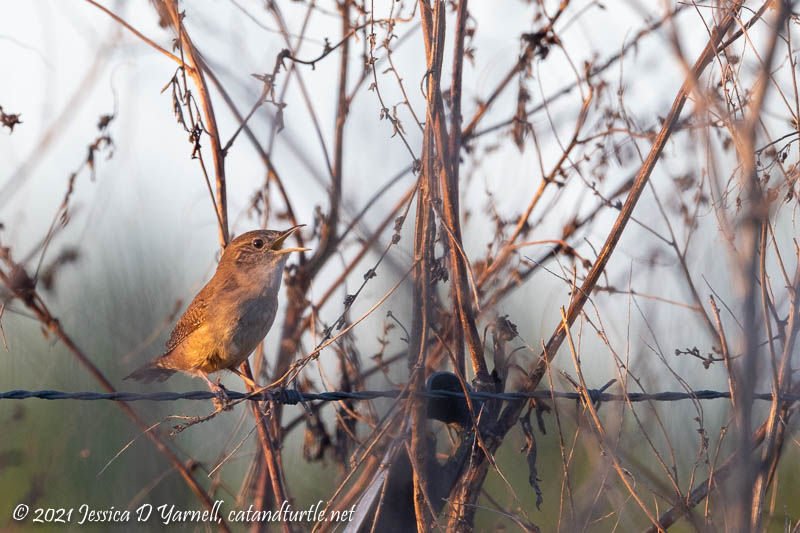
I stopped at the Crazy U to look for migrating warblers. We’ve now reached the “just another Palm!” stage of fall migration. I was a little disappointed to only find Palm Warblers and Blue-gray Gnatcatchers in my favorite trees. But then I heard the rattling call of Belted Kingfishers, and a pair of them flew up the canal to fight in mid-air. I didn’t catch the in-air battle, but they gave me some great flight shots!
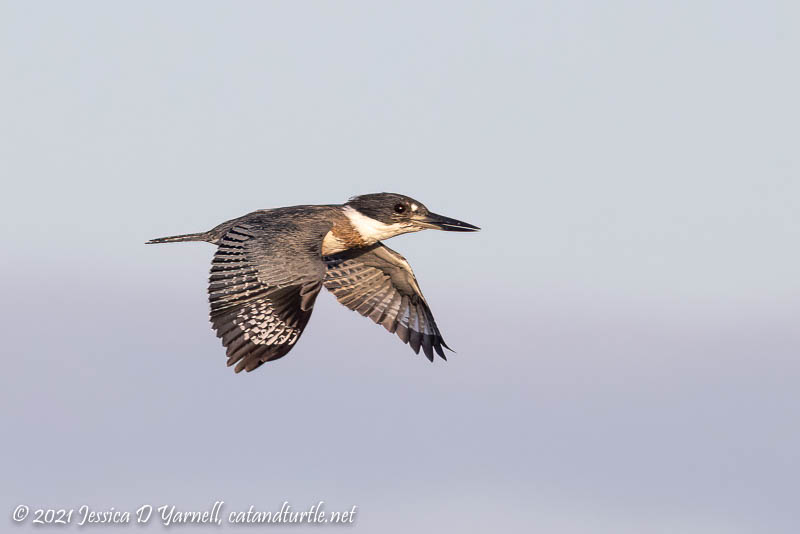
Biking towards the lake, I came across a grackle with what first appeared to be a turtle egg in his mouth. Closer inspected revealed it to be a large bud. He posed proudly with it on a low branch before taking it to the water’s edge to eat.

This Red-shouldered Hawk was also enjoying his breakfast. As soon as he saw me, he took to the skies and finished eating in mid-air. I guess that’s the ultimate al fresco dining experience!
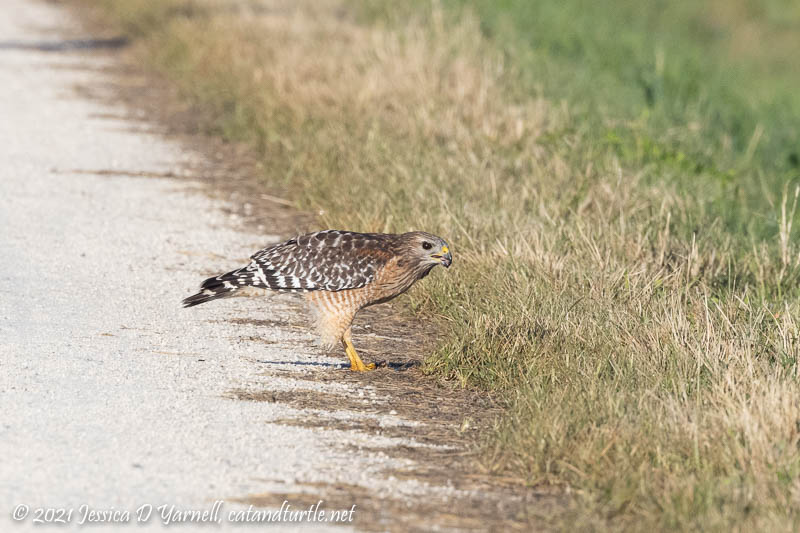
Even slow days are fun days at Lake Apopka. Every time I leave, I find myself already ready to return!

